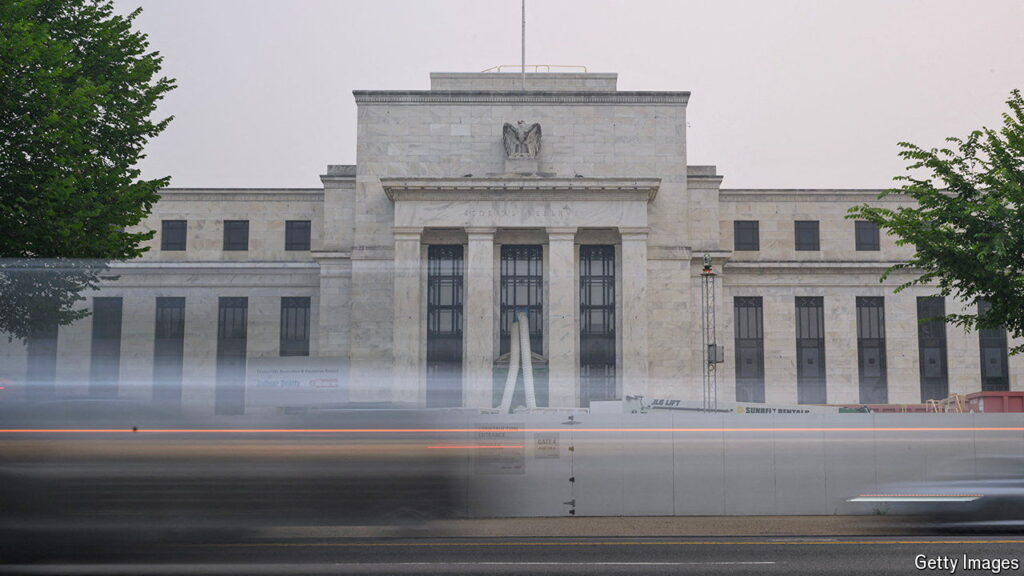At this point in time, it is safe to say that almost everyone involved in the global markets is well-acquainted with the idea of higher-for-longer interest rates. However, another crucial concept that is likely to become increasingly significant in understanding central bank policies is the notion of less-for-longer quantitative tightening (QT). This term refers to the Federal Reserve’s strategy of gradually reducing its assets to reverse the massive bond purchases made during the covid-19 pandemic. The Fed aims to employ a less-for-longer approach in order to ultimately end up with a smaller balance sheet than would have been the case otherwise.
While the concept of QT may appear overly technical to some, it holds significant implications for the global economy. The Fed’s approach to QT has been likened to watching paint dry, due to its tedious and seemingly uneventful nature. However, this perceived dullness is crucial, as it sets the stage for balance sheet expansion and contraction to become a regular feature in central banks’ arsenal for averting financial crises. Although other central banks are also currently engaged in QT, the Federal Reserve’s role in this experiment is particularly influential, given its status as the central bank of the world’s largest economy.
As the Federal Reserve continues with its less-for-longer QT strategy, it is important to consider the potential impact on various sectors of the economy. One key area of focus is the bond market, where the Fed’s reduction of its assets could have significant implications for interest rates and bond prices. Additionally, the equity market may also experience volatility as a result of the Fed’s balance sheet reduction, as investors adjust their strategies in response to changing market dynamics.
Furthermore, the Fed’s approach to QT will also have implications for global financial stability. As the central bank of the world’s largest economy, the Federal Reserve plays a critical role in shaping global monetary policy. Any significant shifts in the Fed’s balance sheet could lead to ripple effects across international markets, impacting currencies, trade flows, and capital markets worldwide.
In conclusion, the concept of less-for-longer quantitative tightening (QT) represents a crucial development in central bank policies, with the Federal Reserve leading the way in this endeavor. While the technical nature of QT may initially seem unexciting, its implications for the global economy are far-reaching, affecting sectors such as the bond market, equity market, and global financial stability. As central banks continue to navigate the challenges of unwinding their balance sheets post-pandemic, the lessons learned from the Fed’s approach to QT will likely shape monetary policy strategies for years to come.



